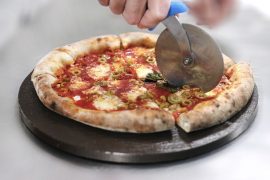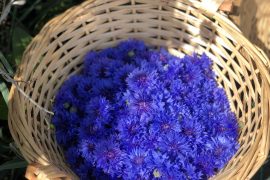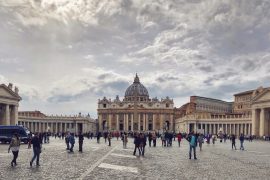This post is the result of a life spent between the sweet Barolo’s hills, called Langhe.
Always searching for new places to visit, trekking’s roads, restaurants and taverns, farmhouses with a pool, castles and museums, big woods and wonderful landscapes.
So let’s check my suggestions (not trivial), for a short tour in the Langhe area.
WHERE TO SLEEP:
ARBORINA RELAIS (LA MORRA)
A new boutique hotel in La Morra, perfectly integrated in the nature and in the landscape around, with a big terrace faced on the Barolo’s hills.
Essential lines, big windows, opened swimming pool and a Michelin restaurant by chef Andrea Ribaldone.
LANGHE COUNTRY HOUSE (NEIVE)
A renovated countryside farm, surrounded by green grass in one of most beautiful places of Italy, Neive.
The B&B offers a few designed suites, very treated, that maintains the hospitality of the tradition.
Opened swimming pool with a beautiful view.
CASA SCAPARONE (LOCALITA’ SCAPARONE – ALBA)
A farmhouse like the old ones, that is called “home” to highlight the concept of “sharing”.
The rooms are simple but typical, bricks, copper and wood.
Casa Scaparone produces and sells some homemade products like grain, pasta, wine and much more, everything is organic certified.
The kitchen has traditional propositions but also vegetarian and vegan ones.
WHAT TO SEE:
CASTELLO DI SERRALUNGA D’ALBA
Big and slender, it’s impressive in front of you and dominates one of the most beautiful places of the Langhe area.
It’s considered one of the best preserved castles from the three hundred period, and it’s unique for its structure.
PANCHINE GIGANTI FRA I FILARI
Do you know that there are 8 big bench spread in the whole Piedmont?
Colorful and immersed in beautiful landscapes.
It would be funny to go through the searching for those bench between and hill and another, by foot, by bicycle or by car.
TENUTA FONTANAFREDDA
52 hectares of vineyards, grass, a wood with some meditation roads, farm animals, a big lake, two restaurants (Disguido’s tavern and the two Michelin stars “Da Guido”), a subterranean winery, the “bottega del vino” for some tastings or shopping and a museum.
Well, Fontanafredda it’s not only wine but a real village where is possible to spend the entire day between food and nature.
WHERE TO EAT:
DA GUIDO (SERRALUNGA D’ALBA)
We are in the 1960 and Guido and Lidia Alciati, in their “Guido da Costigliole”, introduced for the first time in Italy the regular menu and the obligatory reservation, speaking in this way to the foodie people and not only to the passengers.
Before the Alciati family, the agnolotti was the squared one, typical from Turin and the Monferrato’s area.
Then their silent revolution: Lidia created the raviolo “al plin” (that is a pinch in the Piedmontese’s dialect).
Even now this is the main course of the Piedmontese’s cuisine and also of their menu.
Today the son Ugo is pursuing the traditions in his two Michelin stars restaurant in the “Fontanafredda” ’s estate.
The restaurant is in an old villa and the cuisine is the traditional one with unique raw materials and some restatements.
IL CENTRO (PRIOCCA)
The tradition perfectly performed carried on from the 1952.
The mixed fried is one of the symbols of the restaurant “Il centro”, one of the biggest expressions of the chef Elide and a main course of the Piedmontese’s cuisine.
Sweetbread, brain, veal’s leaver, sausage, that are individually breaded and than fried in oil and butter.
This dish is the example of the important rule of “ no waste”.
Surely this is the best place where you can find typical recipes divinely performed, smart and tasty, “Il centro” for me is safety, is home.
The subterranean winey is beautiful to see for its vintage labels and precious selections.
ARGAJ (CASTIGLION FALLETTO)
Designed place, white and beige, faced on the hills.
The kitchen is deeply lied to the earth and its products.
When you think that you’ve tried everything, the “Argaj” manages to surprise you with tasty but light combinations, great raw materials (also fish) and a stunning view on the Langhe’s hills.
LA LIBERA (ALBA)
In the heart of the city of Alba, surely one of the few jewerly.
“La libera” is a fancy restaurant with the convivial aim of a tavern.
The kitchen and the cheese’s cart on sight, simple but smart furnitures.
The menu offers garden’s fruits and vegetables and a big selection of meats that are always their strong suit.
( “vitello tonnato”, chicken’s ravioli with their sauce, rump, kid, pigeon, pot roast and much more).
Impossible to be disappointed.
CAMPAMAC (BARBARESCO)
From the starred “La ciau del Tornavento”, that is not in this post because everybody already knows it, Maurilio Garola opened his second restaurant, a tavern 2.0.
The “Campamac” is fine and high tech, a mix between Milan and New York.
The entrance puts you in front of a small counter where you can buy soups, sauces, and other products cooked by the chef.
Then a glass hallway shows you the kitchen and a lot of meat, raw and bloody, presented like it’s gems.
So you have to try their meats, of all kinds and cooked in different ways.
DA FELICIN (MONFORTE D’ALBA)
This is a great hotel and also a good restaurant.
I’ve always loved its beautiful internal garden.
From the 1927, three generations carry on a genuine tradition, in a beautiful village called Monforte, with a fresh and organic cuisine.
The place is wooden, with vintage furnitures, each painting or carpet tells their story.
The kitchen is an high raw materials quality one: the menu change each day, fruit and vegetables comes from an organic agriculture, chickens and ducks comes from farmhouses.
OSTERIA DELLE AIE (CASTELLINALDO D’ALBA)
A small yard surrounded by colorful houses, the tavern is furnished in a shabby chic style with dimmed light, the tables are close to each others and the cheese’s cart has a beautiful selection.
The concept provides a regular menu, with magnum wine bottles and a giant nougat to eat at the end of the meal.
The kitchen is the traditional one, the grandma’s one, without frills or restatements, but well performed. This is a different way to try the Piedmontese’s cuisine, in a funny and homely place.
Those are only some of the things to do in the Langhe’s area.
Surely you won’t come home disappointed or with the empty stomach.
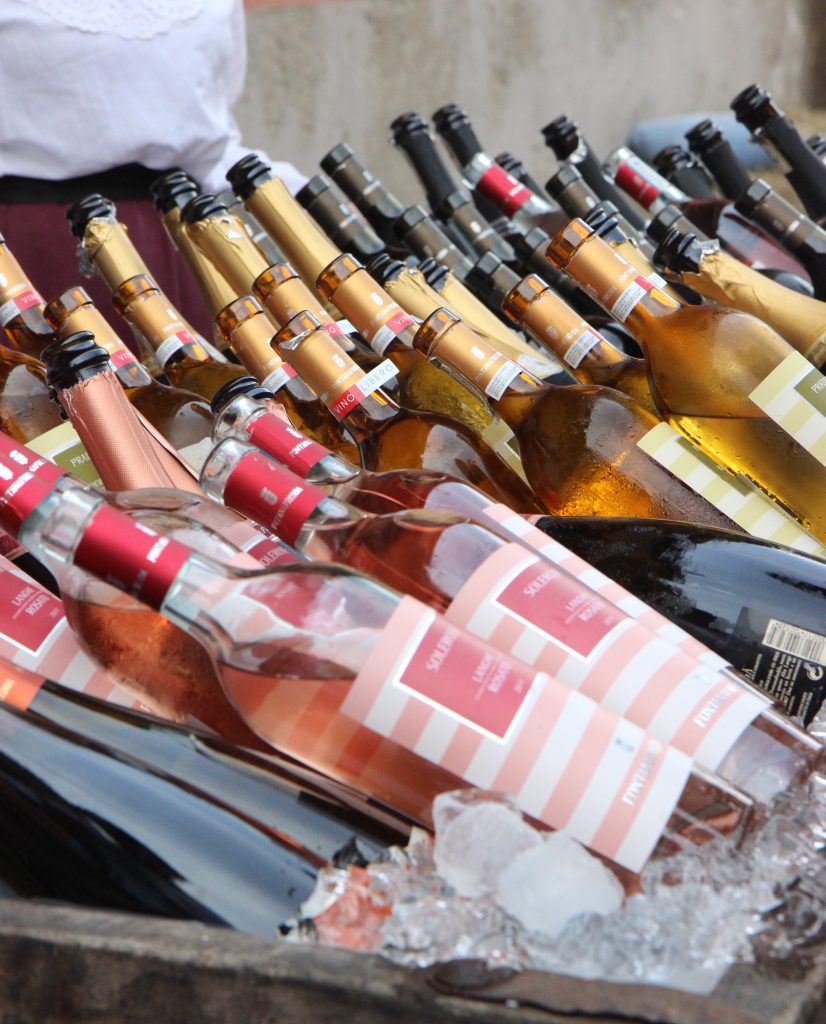
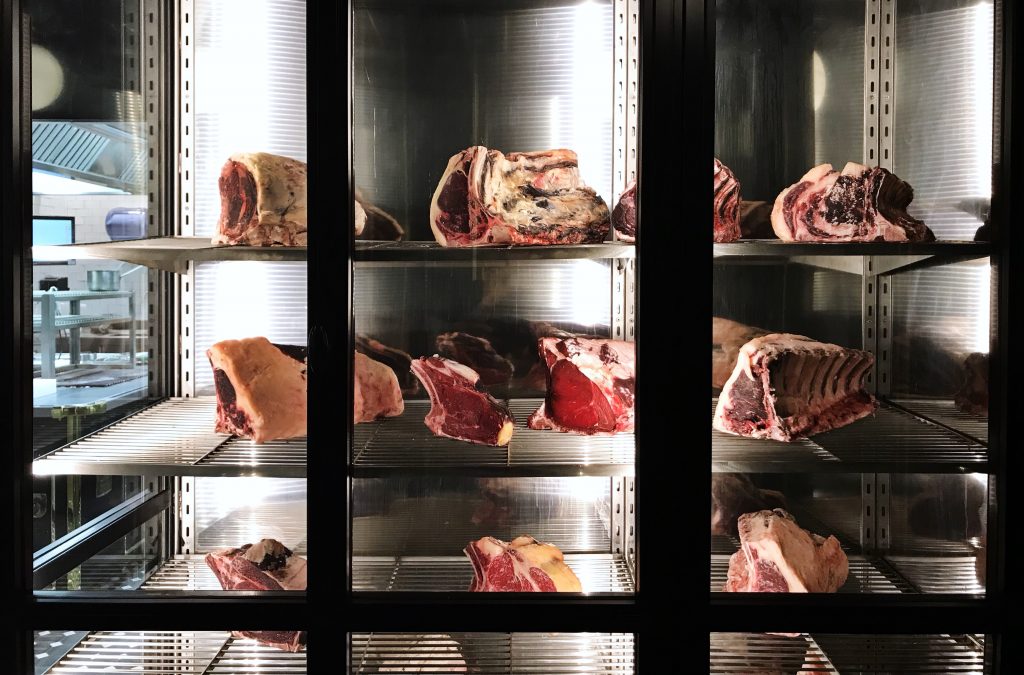

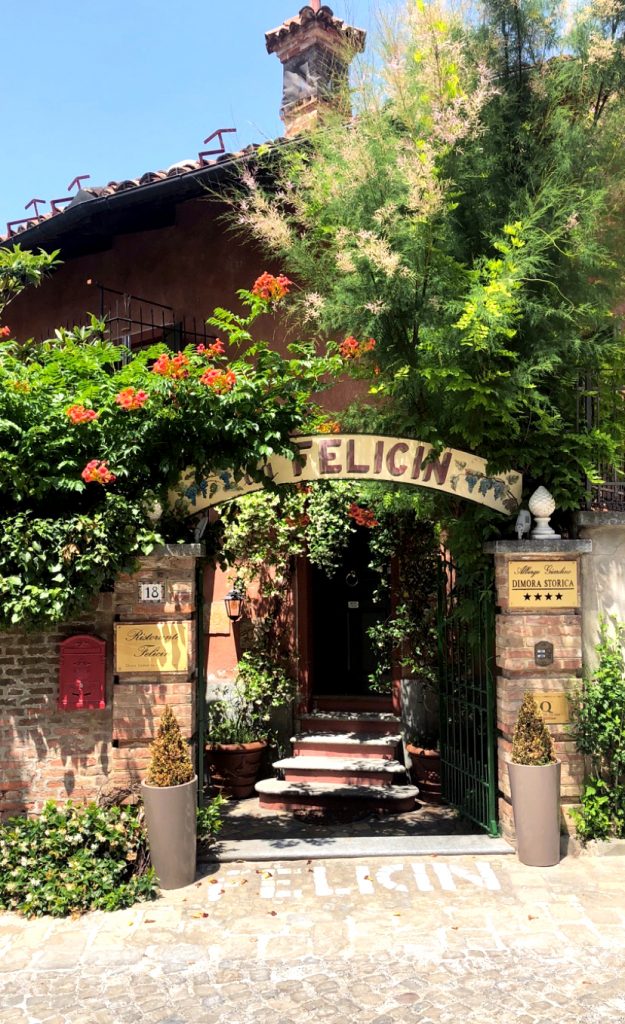
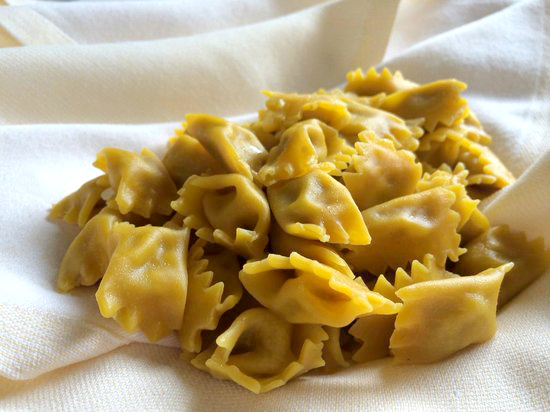
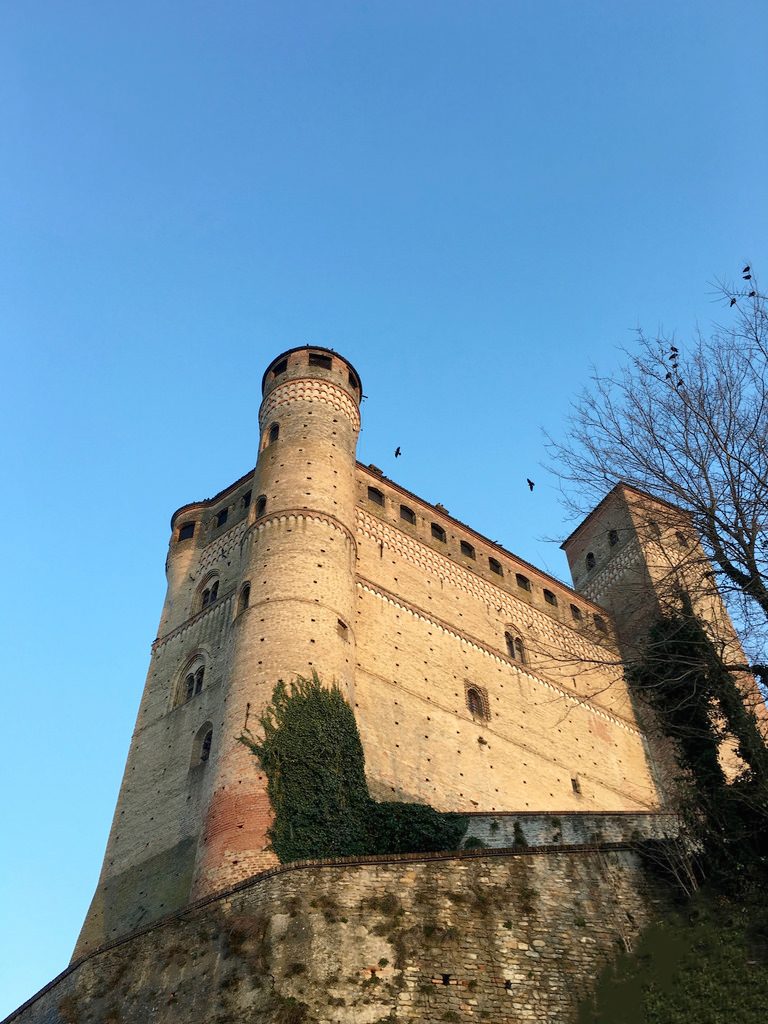
By Giulia Gattiglia



